New $30M ARPA-E program to produce renewable liquid fuels from renewable energy, air and water
Green Car Congress
APRIL 26, 2016
The US Department of Energy’s Advanced Research Projects Agency-Energy (ARPA-E) announced up to $30 million in funding for a new program for technologies that use renewable energy to convert air and water into cost-competitive liquid fuels. ( kWh—the price needed to be competitive with other carbon-free delivery methods.









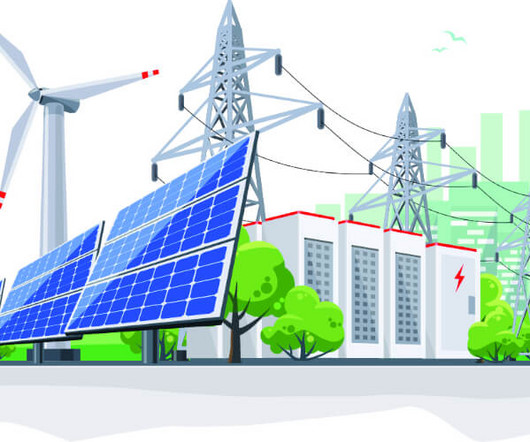
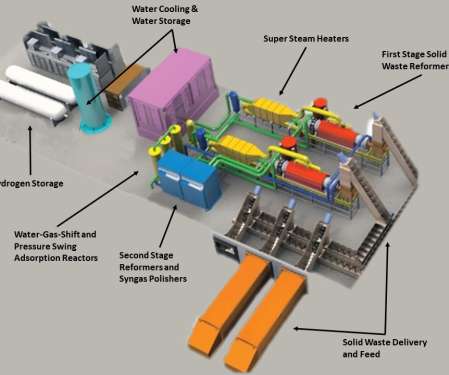
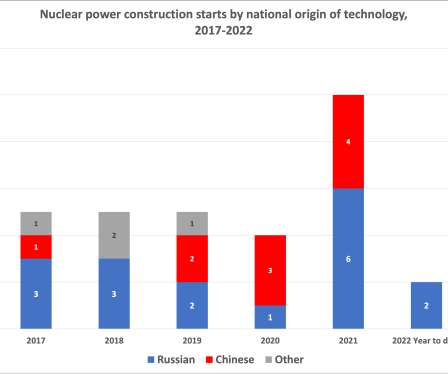











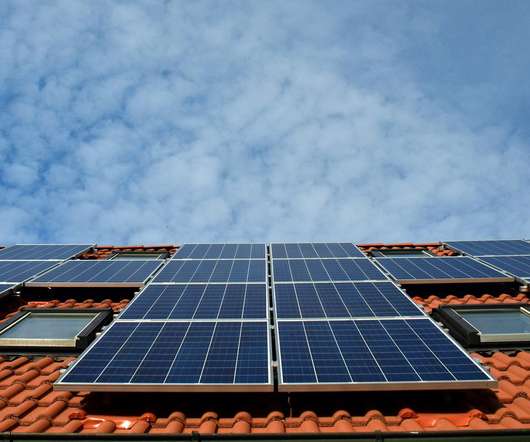




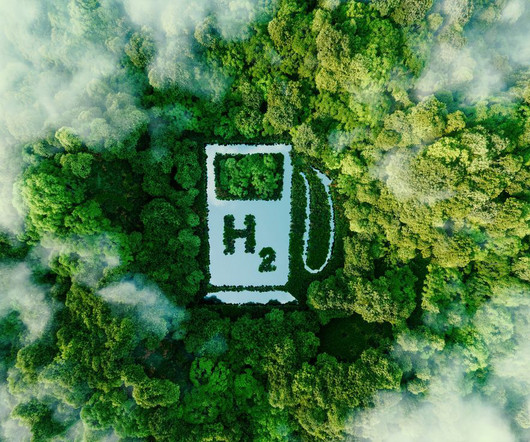



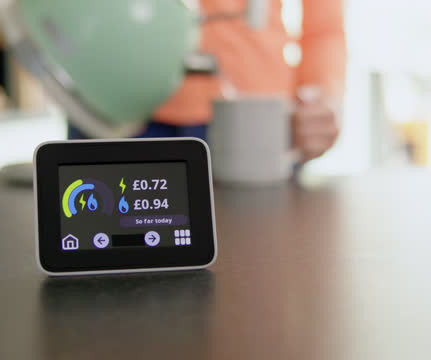










Let's personalize your content